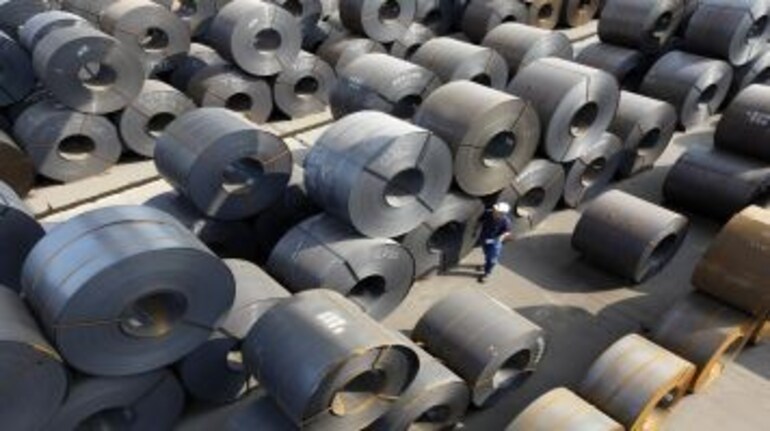



A bunch of PSU banks such as Union Bank, Bank of India, Canara, IDBI,OBC and Bank of Baroda have witnessed a 6-12 percent rise in their stock prices in the past week, broadly coinciding with the CMIE saying on CNBC-TV18 that stalled projects declined at a fast clip in the April-June quarter.
In fact from year ago levels, the numbers are impressive with stalled projects falling from 8.4 percent of the GDP in March 2014 to 6.6 percent in June 2015. This means projects worth Rs 2.5 lakh crore or nearly 2 percent of the GDP have resumed.
But is this cause enough for jubilation? How much of the bad and stressed loans of banks are at all accounted for by stalled projects. Ashish Gupta, the MD & Head of Research at Credit –Suisse has drawn up a list of 3700 companies with total debt of USD 505 billion ( last updated on June 8). Gupta says, of this list, at least USD 55 billion of loans are with companies which have debt higher than their EBIDTA for the last 12 quarters and most of these are still standard in the books of many banks.
Here’s a list of some of the companies whose debt has been larger than their EBIDTA for the last 12 quarters: GMR Infra, Adani Power, Videocon Industries, GVK Power, Lanco Infra, Gammon India, Electrosteel Steels, Jindal Stainless, Educomp, GTL, Bajaj Hindusthan, GTL Infra, Sterling Biotech, Ruchi Soya, Entegra Ltd. Barring a couple of road contractors, most of these companies are in sectors where unclogging of stalled projects won’t really make a difference.
A particularly stressed sector is steel. The Credit-Suisse report points out that 52 percent of the total debt to the steel sector is with companies whose debt is 12 times their EBIDTA. In case of companies that built their steel plants in and around 2008 to2010, when land and material costs were high, the debt per tonne of installed capacity was already high. Today when landed steel prices at around USD 360 per tonne, these companies face an interest outgo of over USD 300 per tonne on interest alone and the EBIDTA they make is no more than USD 30-40 per tonne according to bankers.
Bankers and analysts agree that even with a 7-8 percent GDP growth no one is expecting steel demand to rise enough to make these plants viable. Especially because few people expect global steel prices to rise beyond the current levels of USD 360 per tonne any time soon. If anything the problems in Greece and China may further pressure global growth.
As of now, a bunch of large steel companies have been helped along with restructuring or refinancing through the 5/25 route. The refinancing of a 5 year loan into 18-20 years doesn’t bring down the interest outgo in most cases because banks are often giving them fresh debt to stay afloat. This pouring of good money after bad plus the squirreling away of scarce profits into provisioning for the existing stock of bad debt is leaving little money and bandwidth for fresh projects.
The point is, banks and the government must get together to surgically remove some incurable debt from the system and steel may be a good place to start. The RBI’s strategic debt restructuring rules do permit banks to convert debt into equity at a cheap price but a resolution is needed from the shareholders. Such a resolution can be forced out of the promoters and shareholders provided banks have the gumption. But I am afraid banks are getting into or may get into unholy alliances with promoters simply to keep their own P&Ls from looking bad. Hence the need for an outside force in the form of regulator-cum-government.
The legal niceties may have to be worked out, but banks simply must force the promoters out of the deeply stressed companies and sell off their assets even at deep haircuts. This means the Indian tax payer and the depositor are the ones taking the hit. Hence it is important to ensure that the promoter takes the first and the maximum hit. In fact cases must be filed and followed up even for their personal property. But that will be a long haul. Immediately the haemorrhage of more credit into bad assets needs to stop.
Discover the latest Business News, Sensex, and Nifty updates. Obtain Personal Finance insights, tax queries, and expert opinions on Moneycontrol or download the Moneycontrol App to stay updated!